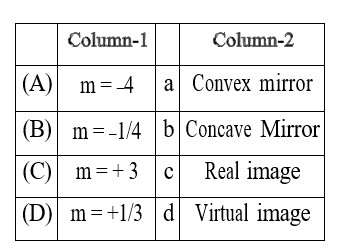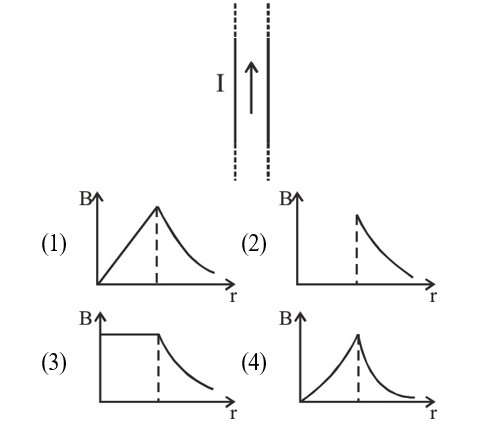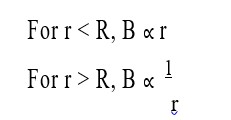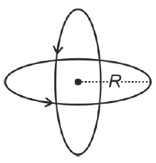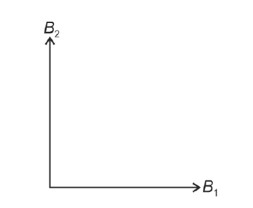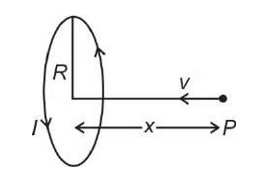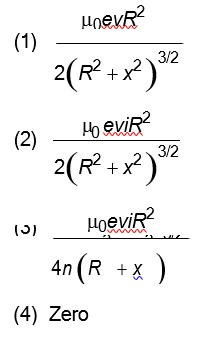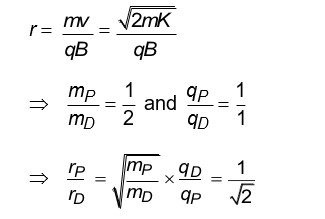Physics Moving Charges and Magnetism
Get insights from 109 questions on Physics Moving Charges and Magnetism, answered by students, alumni, and experts. You may also ask and answer any question you like about Physics Moving Charges and Magnetism
Follow Ask QuestionQuestions
Discussions
Active Users
Followers
New answer posted
2 months agoContributor-Level 10
Kindly go through the solutions
Fm = q (v *B)- = q v (-i )*B (i ) = 0
New answer posted
2 months agoContributor-Level 10
There are two types of electricity - static and current. The current electricity is divided into Alternating Current (AC) and Direct Current (DC). Based on the production methods, electricity is divided into - heat, chemical, pressure, light and magnetism.
New answer posted
2 months agoContributor-Level 10
There are four types of power supply - switch-mode power supplies, linear power supplies, linear power supplies, and programmable power supplies
Related Tags
New answer posted
2 months agoContributor-Level 10
According to this law, at any point, magnetic field due to a tiny current element is directly proportional to the current element length.
Taking an Exam? Selecting a College?
Get authentic answers from experts, students and alumni that you won't find anywhere else
Sign Up on ShikshaOn Shiksha, get access to
- 66k Colleges
- 1.2k Exams
- 680k Reviews
- 1800k Answers

